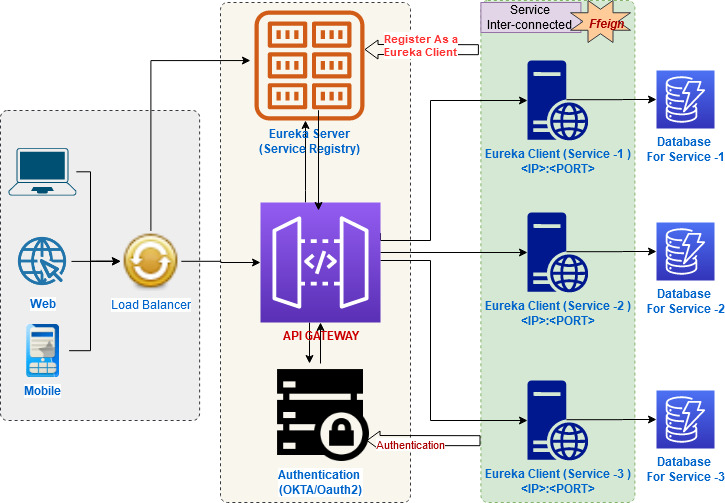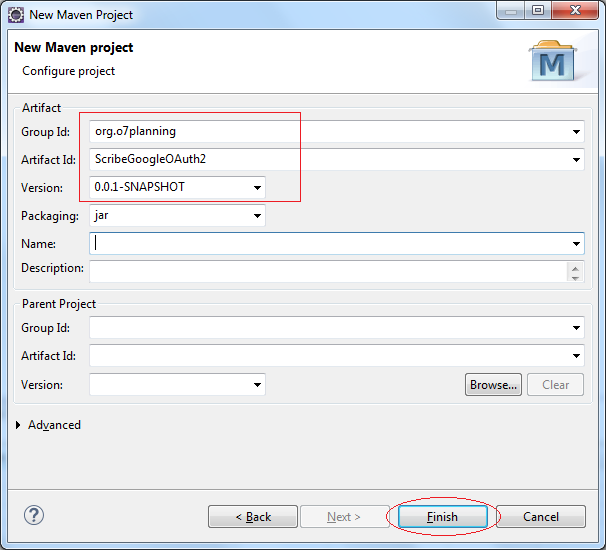Using Apache HttpClient which acts as browser to get authorization code. Get through OAuth 2.0 of Box.com without browser. boxjavaclient. Client Credentials. More on OAuth 2.0. You can find more details on OAuth2 and Grant Types here: OAuth2 Grant Type. In this guide, I want to address how to access OAuth2 protected resources in.
- Python Oauth2 Client Example
- Spring Security Oauth2 Client
- Apache Shiro Oauth2
- Apache Httpclient Oauth2
- C# Oauth2 Client Example
Getting OAuth 2.0 access token in your Java application
This example shows how to receive an access token from Facebook. It should work similarly with other OAuth 2.0 compatible implementations. See OAuth Wiki for the list of current OAuth 2.0 server implementations.

You can also run a sample client app available at: Client Tutorial or go through the following steps:
Add Oltu client to your classpath:
add Maven dependency:
Build OAuth End User Authorization Request
Create the End User Authorization Request by providing end-user authorization URI at the Authorization Server (e.g. Facebook), your application's client id and a redirect URI, in order to receive the authorization code.
If the token Provider is not in the OAuthProviderType Enum you can manually set the correct endpoints. The Enum is merely a convenience to easily set the OAuth endpoints. The Code example below show how you can manually set the authorization endpoint.
The above code will produce an OAuth request where all the parameters are encoded in the URL query. You can obtain the generated URL by calling this method:
Python Oauth2 Client Example
For example, in a Java Servlet, you would execute the following code:
The user is redirected to Facebook (the authorization page, to be exact), which asks the user which permission they would like to grant to your application. The user simply needs to click Allow.
Get Authorization Code from redirect URI
After the user grants permission for your client application, then Facebook redirects the user to: http://www.example.com/redirect (recall step Step 2), with request parameter similar to: code=2.89e3QEvryHUOHPe9YMqpeA__.3600.1285585200-1556050396|5CUsytnAALwWALAUUM8KHlJVNpQ
Spring Security Oauth2 Client


Exchange OAuth code for an access token
If the token Provider is not in the OAuthProviderType Enum you can manually set the correct endpoints. The Enum is merely a convenience to easily set the OAuth endpoints. The Code example below show how you can manually set the token endpoint.
Now you can store the accessToken and an optional refreshToken and retrieve user data.
Below is an example to get a Facebook profile with the retrieved accessToken.
Below is an example to post a picture to Facebook with the retrieved accessToken.
For the fully working code see OAuth 2.0 client demo included in the package!
Apache Shiro Oauth2
Enjoy!
Additional features
Provide custom response readers
Oltu is extensible and you can provide your own custom response classes that can handle responses from providers that introduce modifications to the core OAuth 2.0 specification. For example, you providers can read access tokens from
application/x-www-form-urlencoded instead of json encoded body.
Just create your own class that extends:
Apache Httpclient Oauth2

and pass it as one of the
parameters.
C# Oauth2 Client Example
Use your own HTTP client
OAuthClient can use different java http clients with customized configurations like timeouts, connection pools, etc. in order communicate with authorization servers and receive access tokens.
Oltu provides an exemplar implementation of the URLConnection client and Apache's HttpClient 4.
You can easily write your own HTTP client by extending:
